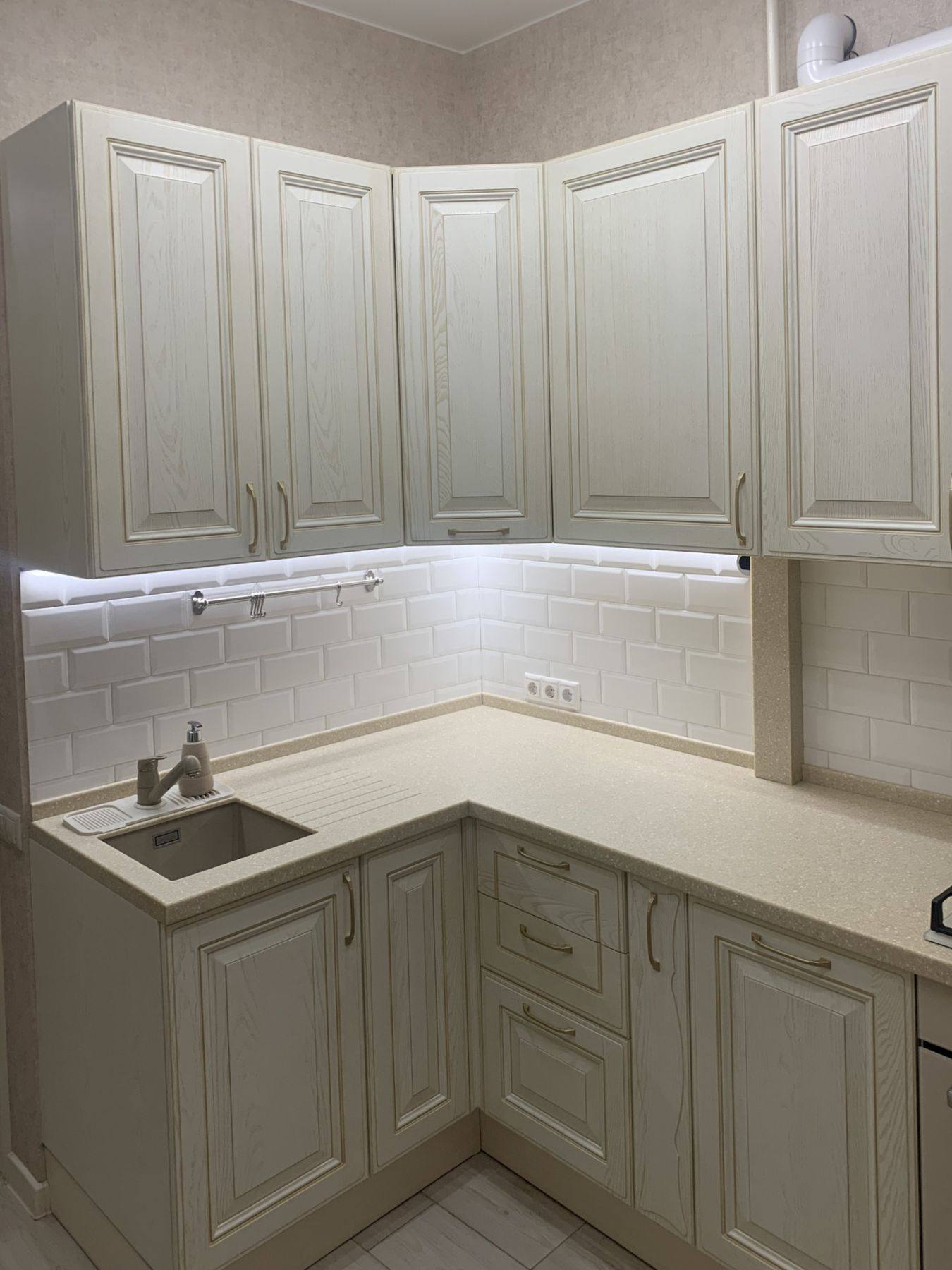
Culinary Spaces Redefined
Introduction to Modern Culinary Spaces
In the world of gastronomy, the concept of culinary spaces has evolved far beyond the traditional kitchen. Today's culinary spaces are not just areas where food is prepared; they have become central hubs for socializing, creativity, and technological innovation. As we delve into the redefinition of these spaces, we discover a blend of aesthetics, functionality, and connectivity that transform our relationship with food and cooking.
The Rise of the Open-Plan Kitchen
The open-plan kitchen has been at the forefront of this transformation. This design removes the walls that once separated the cook from the guests, fostering a communal atmosphere where cooking and socializing can occur simultaneously. The open-plan layout encourages interaction and openness, allowing the aroma and art of cooking to be shared with everyone in the room. It's not just a place to prepare meals, but a stage where the preparation becomes part of the entertainment.
Technological Integration in Culinary Spaces
Technological advancements have also redefined culinary spaces with smart appliances, integrated systems, and user-friendly interfaces. From smart ovens that can be preheated remotely to fridges that track your groceries, technology is streamlining the cooking process. Automation provides home cooks with precision and control that were once exclusive to professional chefs, such as sous-vide machines and high-performance blenders. These innovations are shaping a future where convenience and creativity go hand in hand.
Materials and Sustainability
As sustainability becomes a global priority, materials used in culinary spaces are changing. Recycled glass countertops, bamboo cabinets, and non-toxic paints are becoming more prevalent as eco-friendly options. These materials are not only better for the environment but also add a unique aesthetic to the kitchen, creating spaces that are both beautiful and responsible. The focus on sustainability is also evident in the rise of home gardening systems that allow individuals to grow their produce, further closing the loop of the farm-to-table experience.
Multi-functional Spaces
Modern culinary spaces often serve multiple functions. In many homes, the kitchen has expanded to include workstations equipped with charging ports and comfortable seating, accommodating the trend of remote work and study. Kitchen islands have transitioned into all-purpose areas where people can cook, dine, socialize, and work. This versatility is essential in urban environments where space is at a premium, prompting designers to create innovative solutions that cater to various needs.
Conclusion: The Future of Culinary Spaces
The culinary space of tomorrow promises even more integration, personalization, and flexibility. As we continue to push the boundaries of design and technology, we can expect these spaces to adapt to the unique lifestyle of the individual. Elements of artificial intelligence, augmented reality, and even robotics may soon become standard features, further enhancing our culinary experiences. Ultimately, the redefined culinary space is not just about preparing food but about fostering connections, embracing sustainability, and celebrating the joy of cooking in an environment that is both functional and inspirational.